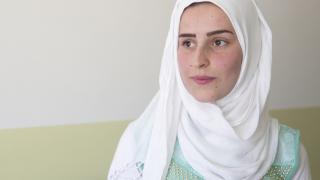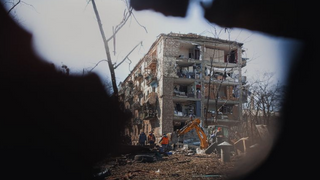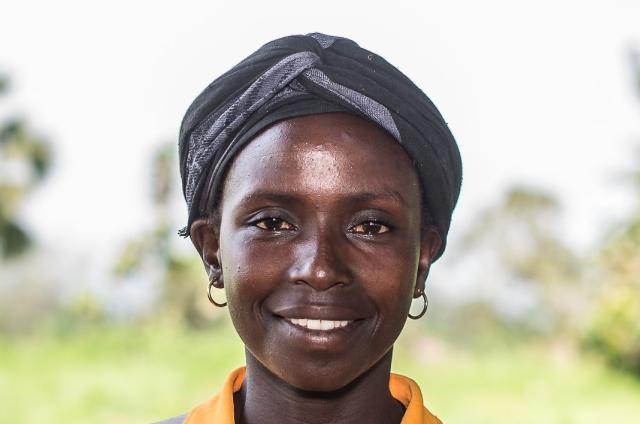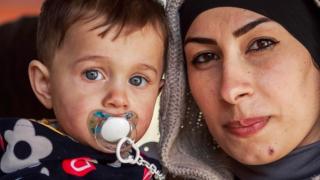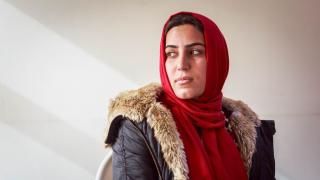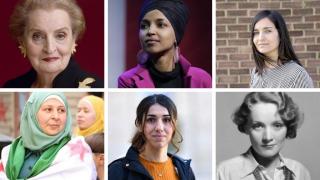Asylum Seekers, Refugees, Internally Displaced People (IDPs)... What's the Difference?
Asylum seekers, refugees, IDPs… What's the difference?
Get your definitions straight
Most people in the world have left the place where they were born or grew up. Some of us move to the next town along and others move halfway across the world. Some people move for short periods of time; others leave forever. For some people, it’s a choice or exciting adventure. But every day, all over the world, people make the impossible decision to flee.
There are now more than 117 million people worldwide who have been forced to flee their homes (source: UNHCR). This number is staggering – and at least 50% of them are women and children.
They might have been forced to flee persecution or human rights violations, like torture. Some no longer feel safe and might have been targeted just because of who they are or what they believe – for example, because of their ethnicity, religion, sexuality or political opinions. For others, it could have been due to climate disaster. It is predicted that in 2024, almost 63 million people will be displaced by violence and conflict alone (Source: UNHCR).
When people leave their homes, their journeys are often filled with danger and fear – despite their goals for a better, safer future. Many will leave people they love behind while grieving others they’ve lost or grappling with trauma from before they left. Some people risk falling prey to human trafficking and other forms of exploitation and many will be missing their support networks and lacking daily essentials like access to sufficient nutritious food, clean water, healthcare, period supplies, online connectivity, and more.
Despite many shared experiences between all displaced people, refugees, asylum seekers and internally displaced people face different circumstances. They have different legal statuses so it’s important not to use the terms interchangeably.
So, what's the difference?
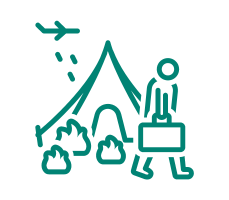
Asylum Seekers
An asylum seeker is someone who has left their country and is seeking protection from persecution and serious human rights violations in another country, but who has not yet been legally recognised as a refugee. They are waiting to receive a decision on their asylum claim.
Seeking asylum is a human right. Everyone should be allowed to enter another country to seek asylum.
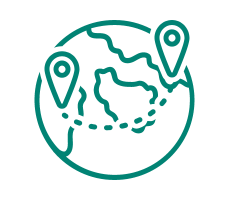
Refugees
A refugee has fled their own country because they are at risk of serious human rights violations and persecution. The risks to their lives, rights and safety forced them to leave and seek safety outside their country because their own government could not or would not protect them.
Refugees are granted certain rights and protections under International Law, including the right not to be forcibly returned to a country where they would face serious threats to their lives or freedom.
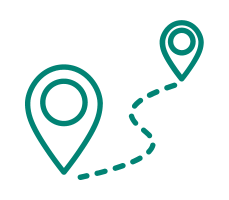
Internally Displaced Persons (IDPs)
IDPs have been forced to flee their homes due to conflict, violence, human rights violations or disasters – but remain within their own country’s borders. They do not fall under international refugee protections.
IDPs rely on their own government for support and often struggle to access aid and protection, especially if their government is unable or unwilling to assist them. They can receive support from non-governmental organisations.
People aren't the problem
It's the causes
When people and politics talk about "the refugee crisis", it makes it seem like people are the problem. They are not. The real crisis is that there are so many ongoing conflicts worldwide and global injustices.
The causes that drive people and families to uproot their lives, flee their homes and possibly cross borders are the problem. The unrealistic policies and hostile political rhetoric, which make refugees feel unwelcome, are the problem.
Words matter
people, not labels
Using the correct language to describe asylum seekers, refugees and internally displaced people is important because each group has different rights, access to different resources and support, and faces unique challenges. But this isn't the only thing that defines a person who has been displaced.
All of our identities are comprised of numerous characteristics and experiences. These labels - being an asylum seeker, refugee or internally displaced person - only captures one part of that. They are temporary terms and only reflect that they have fled their homes. Most displaced people will tell you there is so much more to them than this - their culture, religion, career, skills and hobbies, loved ones, interests and so on.
The language that we use has the power to reduce people to their legal status, or to reflect the complexities of each and every person with dignity and respect.
At Women for Women International, we talk about survivors - not victims. We focus on what women survivors of war can achieve, how they strengthen their families and communities, and how they choose to tell their own stories.
Meet some of the displaced women we serve
Faizah
subtitle:
Faizah has always been brave – even aged 13, when her uncles tried to force her into marriage. So, when ISIS attacked her community and warned her not to flee, she harnessed that defiance and dared to find safety. Faizah dreams of a world without war; of peace for her children. Here is her story.
Shireen
subtitle:
Unable to find work as a refugee, Shireen desperately wanted to learn a new skill that could help her provide for her family. Shireen learnt how to sew, but she gained more than the ability to make clothes: she learnt about her worth and value as a woman.
Nastasiya
subtitle:
"My name is not Nastasiya. It is too dangerous to tell you my real name." After fleeing the war in Ukraine, 'Nastasiya' says, "We have lost our home, our city and many of our neighbours, but we will not lose our spirit."
learn more
Syrian Refugees living in the Kurdistan Region of Iraq share their experiences, challenges and calls for action.
5 Myths & Misconceptions About Refugees
subtitle:
Shocking statistics and clickbait headlines perpetuate damaging stereotypes about refugees. By unpicking common myths and misconceptions, we increase our understanding and are better placed to help refugees heal and rebuild their lives.
Refugee Women You Need to Know About
subtitle:
Meet six incredible refugee women - from Syrian activist Waad al-Kateab to actress and singer Marlene Dietrich - who have used their power to make a difference.

